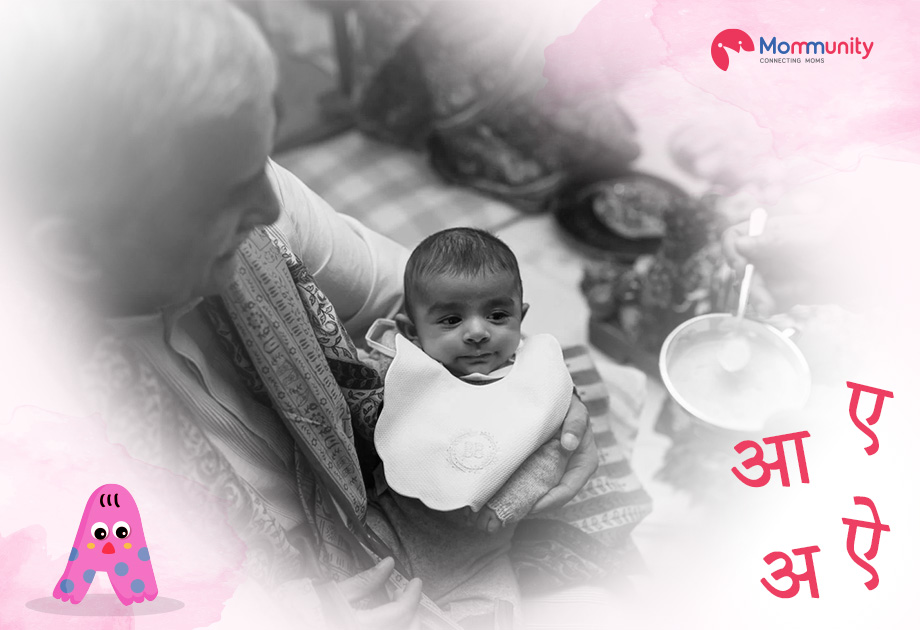Congratulations, new parents! The moment you’ve been eagerly waiting for has arrived, and your bundle of joy is finally here. However, amidst the overwhelming joy and excitement, you may find yourself wondering why your precious little one is shedding tears almost immediately after birth. Fear not, for we are about to undertake a journey to unravel the mystery behind this universal phenomenon – why do babies cry after birth?
The Cry of Life: A Symphony of Sound
- Biological Necessity
During the birthing process, a baby’s cry plays a crucial role, much like a well-synchronized symphony. It serves as a signal that the infant’s respiratory system is active and functioning, effectively replacing the fluids present in the lungs with life-giving oxygen.
The baby’s cry is a sound that carries immense significance, marking the beginning of a new life and indicating the healthy functioning of the infant’s lungs.
- Lung Expansion
The process of bringing a new life into the world is a remarkable and intense journey for both the mother and her baby. During delivery, the baby’s chest experiences compression, which is a natural part of the birthing process.
As the baby takes its first breath, it lets out a cry, which is a vital part of the process too. This cry helps the newborn to expand its lungs, filling them with air and preparing them for the world outside the protective womb. It is nature’s way of ensuring that the baby is ready to take its first steps in the outside world.
- Initiating Blood Circulation
When a baby takes their first breath, it is a moment of great significance. As their tiny lungs fill with air, an immediate surge in blood circulation takes place throughout their body.
This increased blood flow, enriched with oxygen, plays a crucial role in the healthy development of the baby’s organs and establishes the foundation for a solid start to their life. It is an awe-inspiring moment that marks the beginning of a new journey for both the baby and their family.
The Scientific Ballet: Understanding the Physiology
- Stimulating the Nervous System
- The act of crying stimulates the baby’s nervous system, sending signals to the brain that help establish vital connections.
- This early neural activity is a fundamental building block for developing the baby’s sensory and motor skills.
- Regulating Body Temperature
- Crying is not just an auditory expression; it’s a full-body experience.
- The physical exertion involved in crying aids in regulating the baby’s body temperature.
- This is particularly crucial as the newborn adapts to the ambient temperature of the delivery room.
- Securing the Bond
- The cries of a newborn serve as a powerful bonding tool between parent and child.
- The instinctive response of a parent to comfort their crying baby creates a deep emotional connection, laying the foundation for a secure attachment.
Communication Beyond Words
- Expressing Needs
- While a baby’s cry may seem uniform to the untrained ear, they are, in fact, a sophisticated means of communication.
- Through variations in pitch, intensity, and duration, a baby communicates hunger, discomfort, or the need for a diaper change.
- Cultural Variations
- It’s fascinating to note that interpreting a baby’s cry can vary across cultures.
- In some societies, specific types of cries are believed to indicate different needs, reflecting the cultural nuances embedded in the art of parenting.
Responding with Love and Care To Baby’s Cry
- The Parental Response
- As a parent, understanding the science behind your baby’s cries empowers you to respond more effectively.
- Prompt response to a baby’s cry not only fulfills their immediate needs but also fosters a sense of security, contributing to healthy emotional development.
- Skin-to-Skin Contact
- One of the most effective ways to soothe a crying baby is through skin-to-skin contact.
- This not only provides physical warmth but also reassures the baby through the familiar scent and heartbeat of a parent.
Myths and Realities: Dispelling Common Misconceptions
- Colic and Excessive Crying
- It’s essential to differentiate between normal crying and excessive crying associated with conditions like colic.
- While occasional crying is a part of healthy development, persistent crying may warrant consultation with a healthcare professional.
- Spoiling the Baby
- A common myth suggests that responding too quickly to a baby’s cry can spoil them.
- On the contrary, timely responses build trust and security, fostering emotional resilience in the long run.
The moment a baby is born, their first cry marks the beginning of a grand symphony of life. It is a beautiful and universal occurrence that fills the air with anticipation and excitement. However, as a new parent, it’s natural to wonder why your baby cries after birth.
By understanding the scientific reasons behind it, you can demystify this unique melody and respond with love and care. A baby’s cry is a form of communication, a message that your newborn is trying to convey. It’s a bonding experience between you and your baby, where you get to caress their tears, decode their messages, and let the symphony of life play on.




